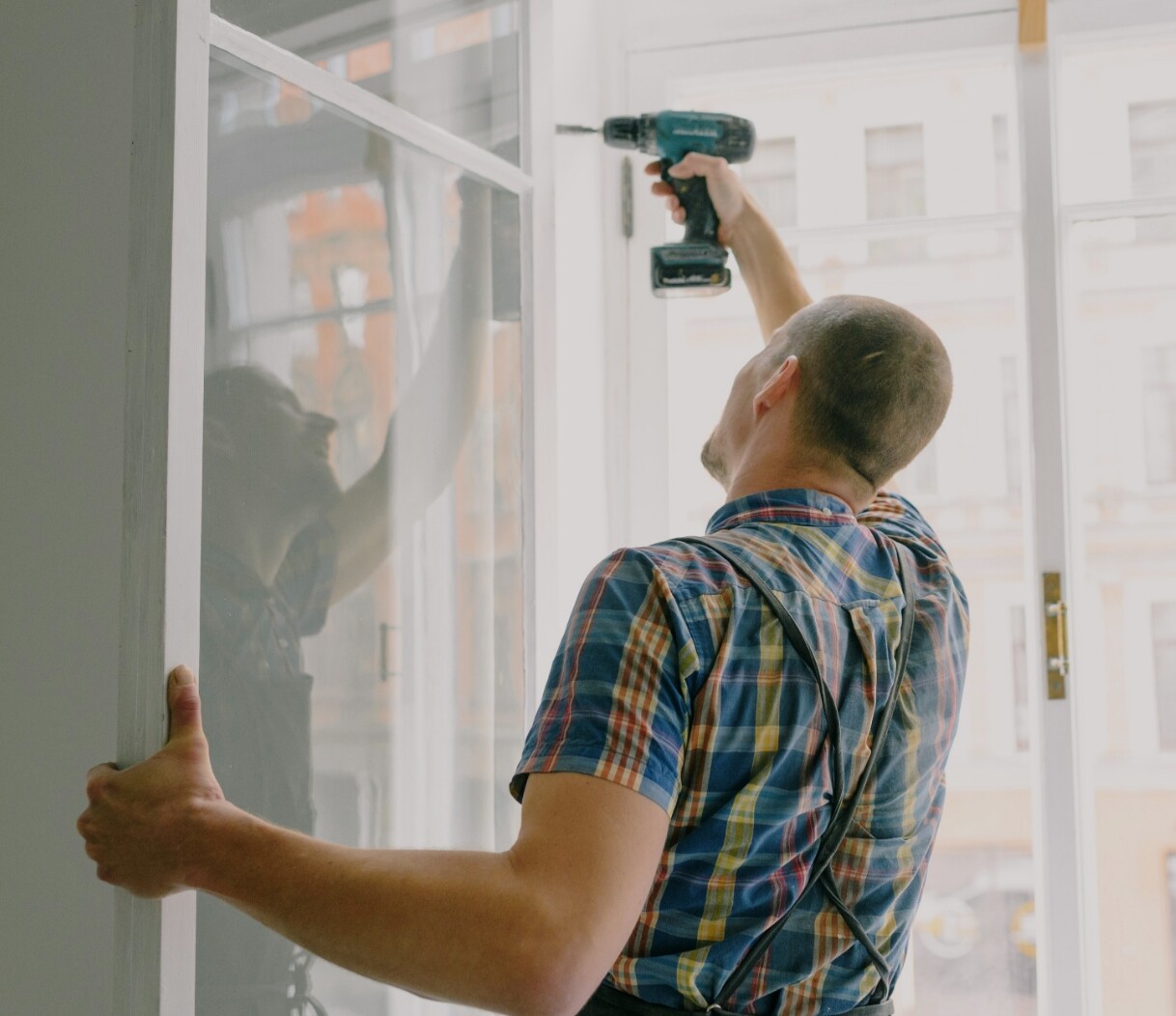Rotator Cuff Disease
Tendinitis
and Bursitis
When tendons in the shoulder become inflamed and sore from being pinched by other shoulder parts, it is known as rotator cuff tendinitis.
Bursitis is caused by overuse of the shoulder during sports or manual labour which require overhead reaching as well as rheumatoid arthritis. It causes the small fluid-filled sac that helps protect the shoulder joint, known as the bursa, to become inflamed.
Often tendinitis and bursitis can occur at the same time.

Rotator cuff tear symptoms & treatment
Rotator cuff tear diagnosis
Dr James McLean will ask about your symptoms and medical history.
A physical examination will be performed where Dr McLean will inspect the shoulder muscles and inspect the shoulder’s range of motion and strength. Imaging tests will typically be used, such as X-rays, CT scans, and MRI scans to confirm the rotator cuff tear.
This thorough approach, combining patient history, physical exams, and imaging tests, ensures an accurate rotator cuff tear diagnosis, differentiating the injury from other common shoulder conditions.
What to expect after rotator cuff surgery
Patients will usually be in the hospital for no longer than one day.
Some patients are discharged on the same day, depending on the type of surgery they have had. Immediately after surgery, you will be advised to keep your shoulder in a sling to protect the repaired tendon. The frequent application of cold packs to the area will help reduce your pain and swelling. Dr McLean will prescribe you pain medication according to your needs.
Waiting for the tendon to heal can take a significant amount of time. During the first 6-12 weeks of your recovery, you will only be able to perform a modified range of motion with your healing arm. Lifting or pushing heavy objects is not recommended, as the strain on your joint may cause your internal sutures to tear and/or the repair to fail before the tendon has healed.
After approximately 8 weeks, you will begin to perform rotator cuff strengthening exercises and rotator cuff physical therapy. Completing a rotator cuff rehabilitation program supervised by a trained physiotherapist is crucial for your full recovery. Read more about why physiotherapy is so important in this article recently published by Dr Mclean.
Torn Rotator Cuff Recovery Timeline
Returning to work after Rotator Cuff Surgery
You need to discuss a return-to-work plan with your employer prior to your rotator cuff repair.
Your arm will be in a sling for approximately 2 weeks after surgery (this is highly variable and may be up to 8 weeks in some cases).
Light, modified duties can be performed after your two-week follow-up with Dr McLean. However, heavy lifting or activities that place stress on the shoulder should be avoided for at least 3 months.
Driving After Rotator Cuff Surgery
A rotator cuff surgeon who will give the best care possible.
It is normal to want to get back into your usual routine as soon as possible after surgery. However, it is important to wait until you are safely able to drive before returning to driving after rotator cuff surgery. Your own post-surgery well-being, as well as the safety of others on the road, could be at risk if you choose to drive too soon.
Adelaide Orthopaedic Surgeon Dr James McLean’s recommendations on this page are a rough guide to driving after rotator cuff surgery. Use this guide for reference only. To avoid disappointment, please discuss your individual situation and expected recovery milestones with Dr McLean prior to your scheduled surgery.
How Dr James McLean can help
Dr James McLean is a specialist rotator cuff surgeon who provides consultation and various treatments for a wide variety of shoulder conditions in Adelaide.
With his extensive experience in treating upper limb conditions, he works with his patients to create tailored treatment plans which yield the best possible outcomes for their injuries.
Click here for more information on other conditions involving the shoulder, hand, wrist, and elbow which Dr James McLean has a special interest in treating.
Once you have a referral…
Book your consultation here.

